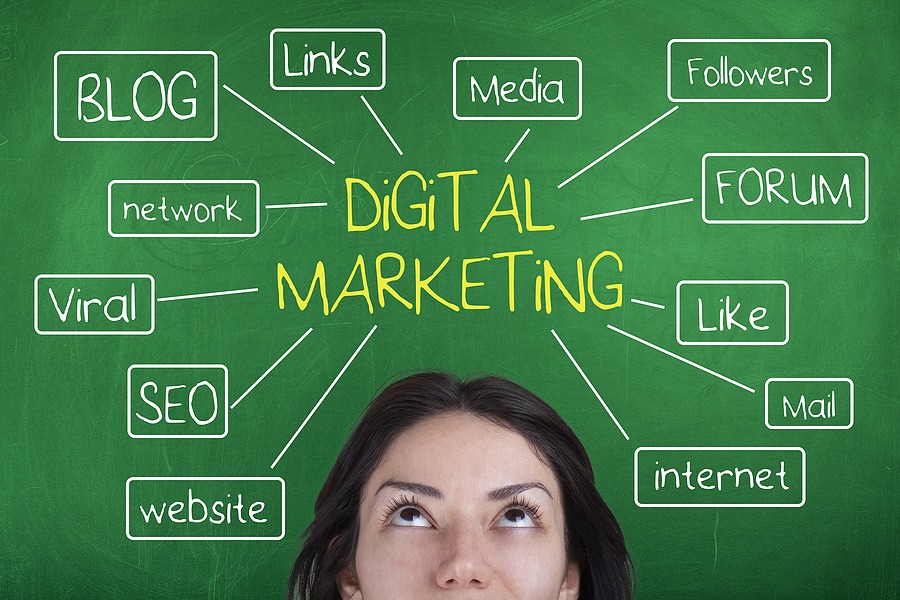In our increasingly digital world, small businesses often find themselves at a crossroads when it comes to driving online visibility and attracting customers. The two most commonly utilized tools in digital marketing, search engine optimization (SEO) and Paid Advertising offer distinct advantages., but how can small businesses find the right balance between the two to maximize results? In this comprehensive guide, we’ll discuss the differences between SEO and paid advertising, explore their benefits, discuss how they function independently and elaborate on their success when used in tandem. Afterward, you’ll have a roadmap to help you create the perfect digital marketing balance for your small business.
SEO: Ranking #1 on Google
So, what even is SEO? Search engine optimization is the use of various methodologies to optimize online content to rank higher in search engine results organically, or without paying the search engine directly for a placement. The primary focus here is enhancing your website’s visibility in search engines, such as Google and Bing, making it as easy as possible for potential new leads to find your website.
A small business search engine optimization strategy should include, but not be limited to…
- Identifying relevant keywords that potential customers use when searching for products or services.
- Optimizing website content, meta tags, and other backend website elements.
- Producing high-quality, relevant, and engaging content that links internally.
- Ensuring that the website is technically sound, with fast loading times, mobile optimization, and other factors considered.
- Optimizing for local use by creating and updating business listings on platforms such as Google.
There are many benefits to implementing search engine optimization strategies on your small business’ website. Unlike paid advertising, SEO doesn’t involve paying search engines for placements. Once your content ranks organically, it continues to attract organic traffic. Though SEO requires a larger initial investment than paid advertising and requires time to garner results, the benefits are long-lasting. A well-optimized page can maintain its rank over an extended period, providing sustained visibility. Furthermore, SEO tends to generate higher-quality leads and consumers also tend to trust organic search results more than paid ads.
Paid Advertising: Generate Targeted Leads Instantly
Paid advertising, also known as pay-per-click advertising (PPC), involves placing online ads that appear when users search for specific keywords. Advertisers then pay a fee to a search engine each time their ad is clicked on.
Small businesses that best utilize paid advertising platforms…
- Research relevant keywords to ensure ads are displayed to users actively searching for your goods or services.
- Craft persuasive ad copy that encourages action to be taken.
- Design landing pages with a UX and UI that align with the ad’s messaging and call to action.
- Set daily and/or monthly budgets to limit advertising spend.
- Experiment with different ad creatives, headlines, and calls to action to identify the most effective elements.
Unlike SEO, PPC delivers immediate visibility, as ads may be displayed on the first page of search results as soon as a campaign goes live. PPC advertising also allows precise targeting based on data such as demographics, location, and more, ensuring your ads are displayed to the most relevant users. Paid advertising platforms are often very data-friendly, providing a seemingly endless amount of data on your website, customers, potential customers, and more. This helps small business owners and marketers alike to make knowledgeable, data-driven decisions that drive revenue.
Finding the Right Balance of Paid Advertising and SEO
While both SEO and Paid Advertising can generate online leads independently, combining the two allows for a more comprehensive digital marketing approach for small businesses. Here’s how your small business can strike the right balance…
Keyword Alignment
Aligning your SEO and PPC efforts by targeting the same set of keywords is integral to success in search engine marketing. This ensures consistency in messaging and serves as additional data sets to help improve all of your digital campaigns. To ensure your small business keywords are aligned, identify high-performing keywords for your target market and incorporate those into both your organic and paid strategies.
Optimized Budget Allocation
Allocate your budget strategically between SEO and Paid Advertising based on your business goals. In startup stages, when SEO results may take time, PPC can fill the gap and provide instant visibility. On the other hand, well-established small businesses may prefer the quality of leads that SEO generates. It is recommended to calculate your overall digital marketing budget and allocate a portion for PPC to kickstart immediate visibility, while gradually shifting the budget towards SEO for sustained long-term results.
Optimized Content/Copy
Create content that serves both your SEO and PPC objectives. Develop landing pages that are not only optimized for search engines but also equipped to convert PPC traffic. To do so, craft high-quality, keyword-optimized content for your website. Design dedicated landing pages for each of your PPC and SEO campaigns to effectively track conversions.
Share Data Across Campaigns
Use data from both SEO and PPC campaigns to improve your overall marketing strategies. Analyze what keywords are performing well and adjust your campaigns accordingly. Use analytics tools to track the performance of both organic and paid channels and identify patterns and trends to make data-driven decisions that save you money.
Keep Brand Guidelines in Mind
Maintain a consistent brand message across all marketing channels. Whether a user encounters your brand through organic search or a paid ad, the messaging and visual identity should be virtually the same. It is strongly recommended that small businesses develop brand guidelines for consistent messaging and visuals.
Constantly Optimize Your Campaigns
Regularly optimize your SEO and PPC strategies based on performance metrics. Business owners should frequently update content and experiment with different ad variations. Make time to do this consistently!
Work With an Expert for Optimal SEO and Paid Advertising Balance
The best way to ensure you’re wisely utilizing your PPC and SEO efforts is to work with an expert. Here at Simple SEO Group, we’ve been helping small businesses achieve their digital marketing goals for nearly two decades. We’ve ranked hundreds of clients on the first page of Google and have an industry-leading average ROI of 450 on paid advertising efforts.
Our team of SEO and PPC experts implements AI and data-driven digital campaigns that garner tangible results for clients in the form of new leads and brand exposure. We’re always keeping up with the latest industry trends and technology, some of which have allowed our work to be featured in major media outlets, such as USA Today and Forbes. Fill out our contact form today to set up a free consultation with our marketing experts. Don’t wait any longer to get the most out of your paid advertising and SEO efforts!

 Menu
Menu 





